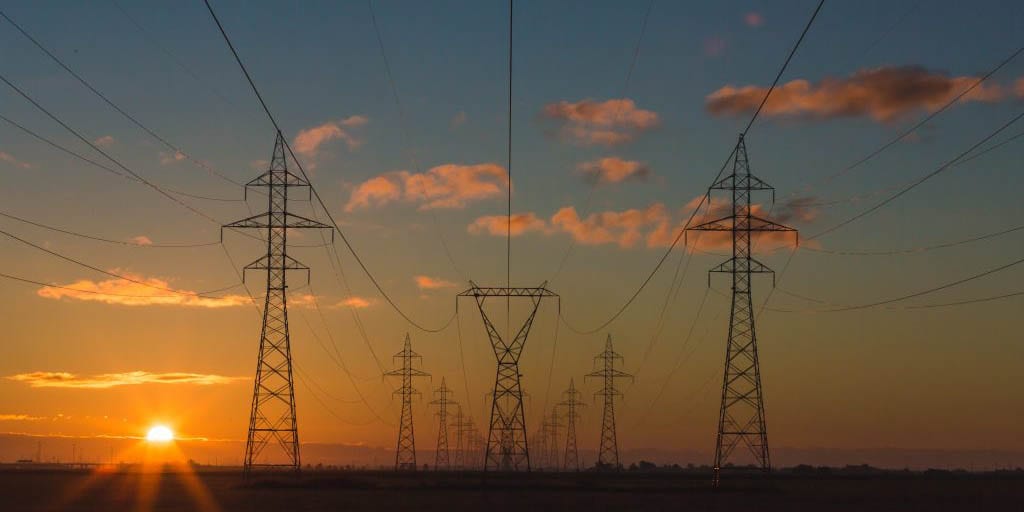Argentina
Country indicators
Fossil fuel subsidies (USD, billions):
Fossil fuel subsidies with externalities (% of GDP):
News

Fiscal policies against climate change can help create 15 million jobs — IDB
The Inter-American Development Bank (IDB) is recommending that finance and planning ministries in Latin American and the Caribbean (LAC) consider fiscal policies to accelerate the transition to green economies and pave the way for the region to meet decarbonisation goals.

Just Launched: COVID-19 Recovery Tracker for Latin America and the Caribbean
This tool tracks COVID-19 related fiscal spending policies announced by the 33 Latin America and Caribbean countries, updated every week. The LAC Recovery Tracker brings transparency to regional government spending

Stories from G20 Countries: Shifting Public Money out of Fossil Fuels (IISD)
Group of 20 (G20) governments have committed to ending government support to fossil fuels through a number of reform pledges. Some countries have made progress in shifting support away from fossil
Reports

Política Fiscal y Cambio Climático: Experiencias Recientes de los Ministerios de Finanzas de América Latina y el Caribe (IDB)
Finance and planning ministries play a central role in promoting fiscal policies that generate more and better jobs with the transition to green economies. Adequate fiscal planning would help the decarbonization of the region’s economies create 15 million net new jobs by 2030.

Carbon Pricing in Latin America – Trends and Opportunities (SPDA & KAS)
This Spanish publication by the Peruvian Society for Environmental Law (SPDA) and the Konrad Adenauer Foundation collects the contribution of more than 25 people fromm all over Latin America on

Taxing Energy Use 2015 (OECD)
This OECD report provides a systematic analysis of the structure and level of energy taxes in OECD and selected partner countries, which together cover 80% of global energy use. The
Policy Briefs

Argentina – Country profile
Background Argentina has roughly 44 million inhabitants and is the second largest economy in Latin America after Brazil and Mexico with a GDP of more than USD 600 billion. Agriculture,



